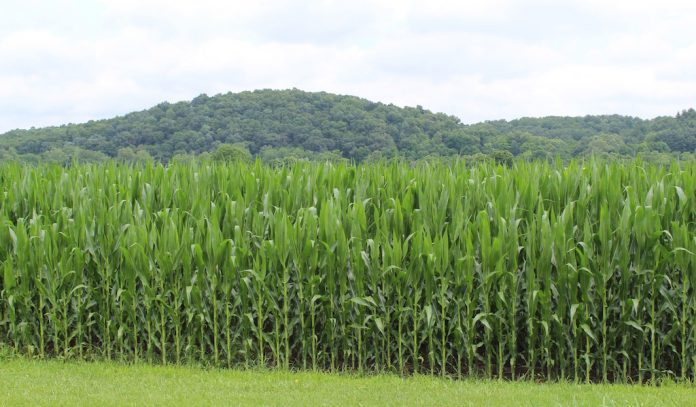The perception of great weather and great crops has kept the market on the defensive recently. The reality of Chinese trade tariffs of 25 percent on our ag crops has kept the market downright depressed.
This week we stopped talking about possible tariffs, as they actually went into effect. President Donald Trump says we have already lost the trade war, not that he is starting one.
Lest we forget, the starting problem was not that we put on tariffs, but that we raised our tariffs to reflect what are aligned against us. Going back as far as the end of World War II, we allowed other countries to put huge tariffs against us, as our policy was to help them recover from the war.
Now, we are past recovery and into the sucker phase. Part of our balance of trade deficit is because we are the world’s largest consumer of most goods. The other part of the balance of trade deficit is because we have allowed tariffs against us that discourage our exports.
The ugly part of the trade dispute is that the American farmer is funding it. We put tariffs on high-tech goods to China because they do not respect our patents and blatantly steal our intellectual property.
They put tariffs on our ag products because that is their largest imports, and because that is perceived to hurt the president in the heartland, where there is a majority of his votes.
Near the bottom
The current result of this great weather and bad export situation is that prices remain near the bottom of the recent range.
Corn prices have lost about 70 cents a bushel. Soybeans have lost more than $2 a bushel.
People outside the ag community do not realize that this represents all the profit in grain production. If we look at the weather, the current thinking is toward another huge crop.
Farmers in Indiana and Illinois are anticipating record crops, and think they are just one good rain away from finishing the crop, according to market reports this morning.
Locally, we have fields that are good, bad and ugly. The good are very good, with uniform height and color and full stands.
I saw the first tassels in Ashtabula County yesterday. The bad are the soybean and corn fields with spotty stands from flooding and from wet-condition planting. Some of those corn fields have stunted, yellow areas where the N was put on late or there was flooding of compacted areas.
Looking good
Many fields look good if the headlands are ignored. In the bad category are fields that had rain-delayed nitrogen or spray application. Worse than that are fields that were never planted. Prices seem to reflect the best fields and the worst export news.
September corn futures are having another bad day, down almost a nickel at 3.50. The high was back on May 24 when we were still worried about planting delays. The low was at 3.48-1⁄4 on June 19, then again at 3.46-3⁄4 on July 2. We rebounded to 3.61-1⁄4 on July 6, but have back off since December corn futures are similar, with a high on that May 24 at 4.29-1⁄2.
Currently, December futures are at 3.63, down four cents this Tuesday morning. Most days the corn prices have been depressed by the soybeans, but today the soybeans are actually six cents better. November soybean futures hit the high of 10.60-1⁄2 on May 29. The ugly low was then on June 19 at 8.641⁄2.
That was followed by a low of 8.53-1⁄4 on July 6. Our current 8.781⁄2 represents a good gain today, and a pleasant bounce, but is a horrible price. It remains to be seen if there is news to turn this market around on the horizon.
Supply and demand
Thursday, the day most of you will read this, will be the day of the July Supply and Demand Report from USDA. This report could help prices, but it is normally a non-event. Anytime the export politics improve or are anticipated to improve we will see a big improvement in prices.
Our small soft red winter wheat harvest is winding down. It has been marked by a basis war in Central and Western Ohio as elevators struggle to compete for small bushels of wheat and the bushels that are in good condition.
In eastern Ohio, the basis has been normal as elevators are panicked that the wheat they get will not be milling quality because of all the rain. Wheat prices had rebounded from several lows at the 4.80 September futures level to the 5.16-1⁄4 of last Friday.
This Tuesday morning, July 10, we are taking an 18-cent beating to a current price of 4.89-1⁄4.













